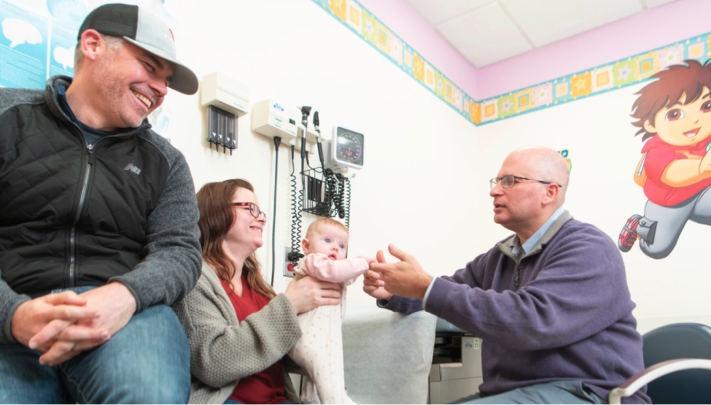

Rectal irrigations have been prescribed by our team to help your child empty their colon. Commonly, children who suffer from Hirschsprung's disease or functional constipation have colons that do not move stool through the body as quickly as it should. This is called dysmotility. Sometimes, but not always, parents will notice that their child’s tummy looks swollen and round. This is caused by distention.
When stool sits in the colon for too long it causes bacterial overgrowth and can lead to enterocolitis or inflammation of the colon. Rectal irrigations help relieve this by flushing a safe liquid through the colon to help clean stool out and to prevent infection.
View rectal irrigations handout (PDF)
When stool sits in the colon for too long it causes bacterial overgrowth and can lead to enterocolitis or inflammation of the colon. Rectal irrigations help relieve this by flushing a safe liquid through the colon to help clean stool out and to prevent infection.
View rectal irrigations handout (PDF)
Performing Rectal Irrigations
What supplies are needed for rectal irrigations?
What are the steps to setting up a rectal irrigation?
What is the process to insert a catheter?
How is the saline solution administered?
How do I troubleshoot my child's rectal irrigation if it is not working?
What are some important tips and reminders for rectal irrigations?
Administer a Rectal Irrigation at Home
Rectal irrigations flush a safe liquid through the colon to help clean stool out and to prevent infection. The goal of this video is to teach you to perform rectal irrigations at home with your child.

Contact Information
For questions about rectal irrigations, please call 202-476-COLO (2656) or email us.






